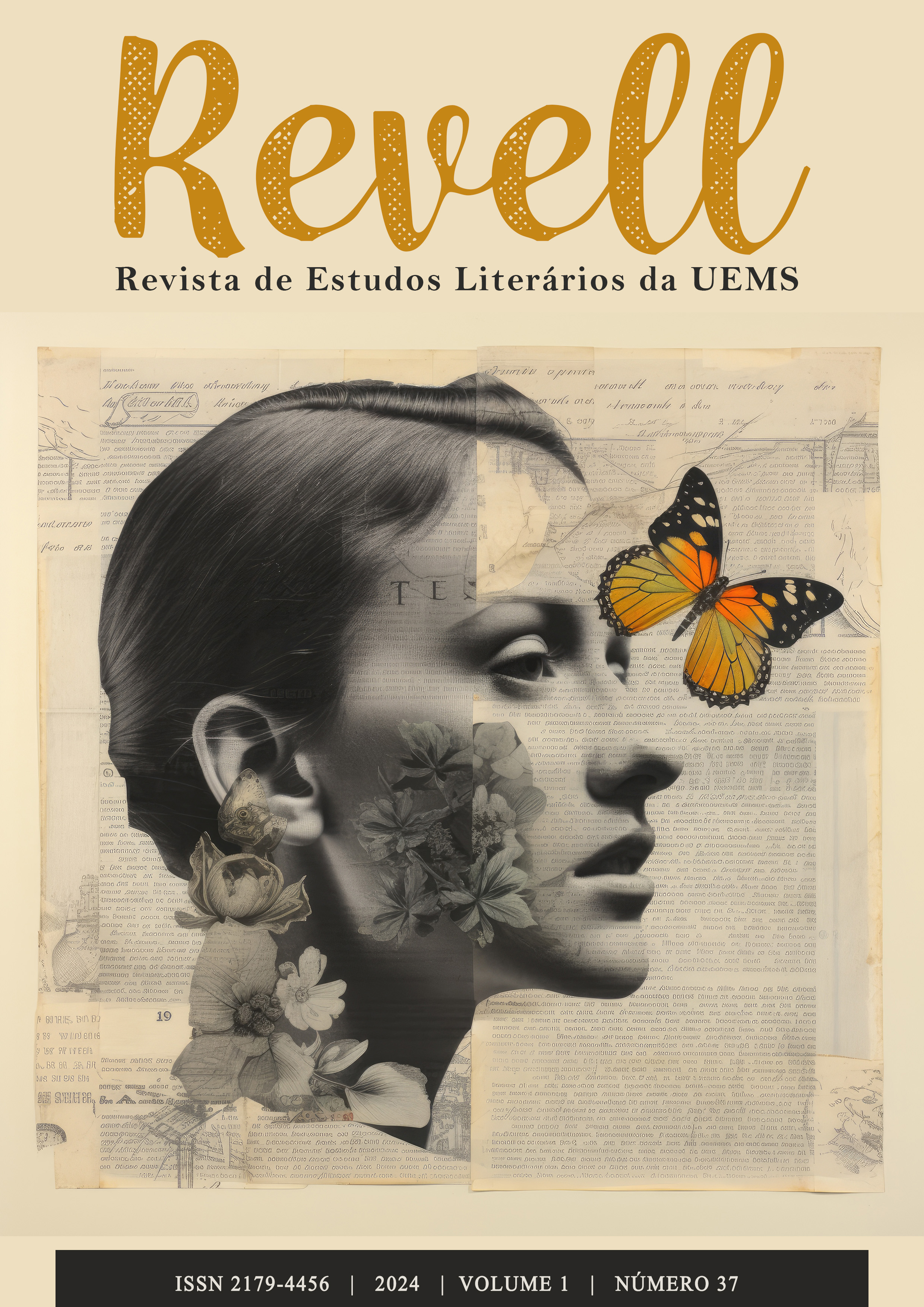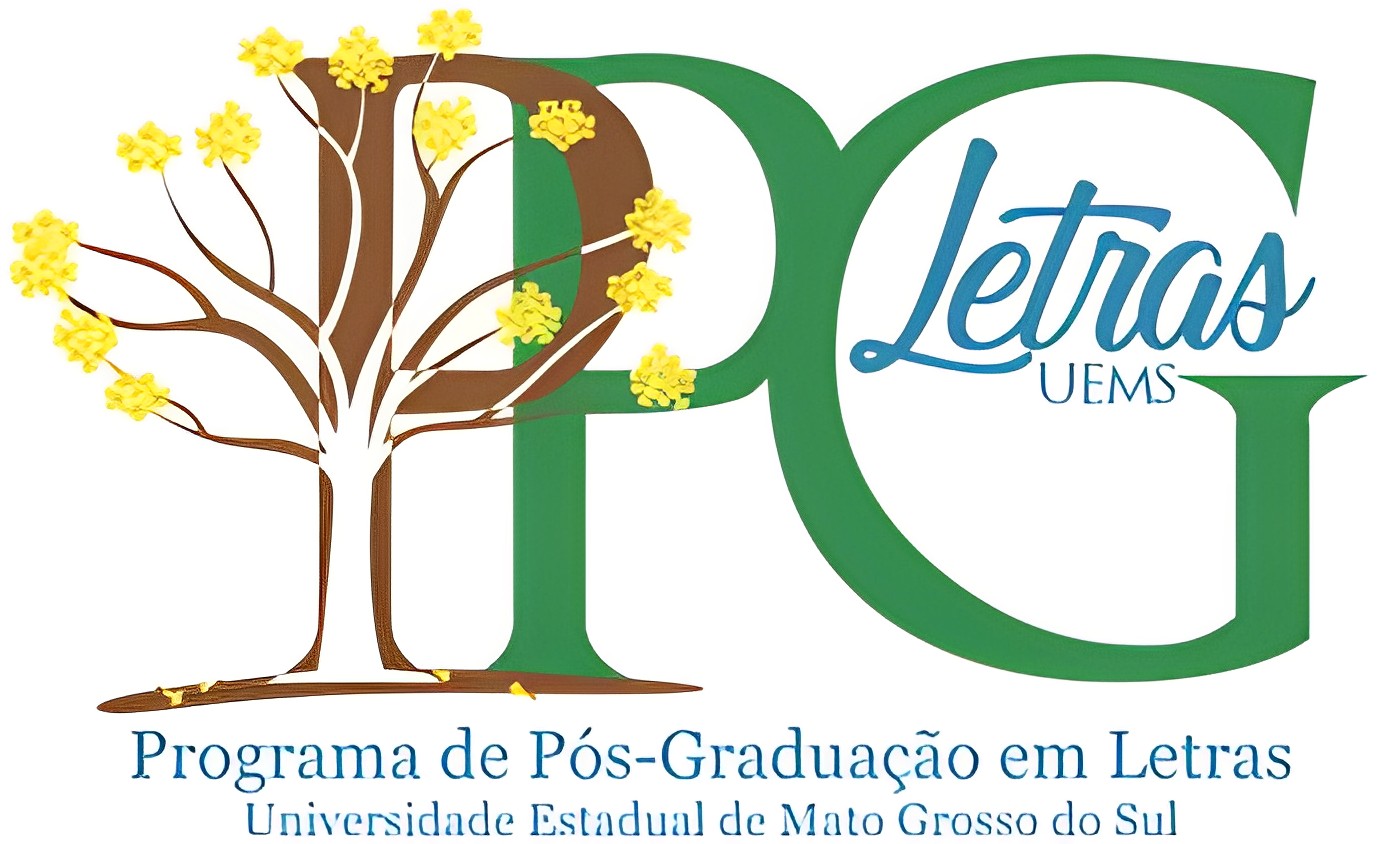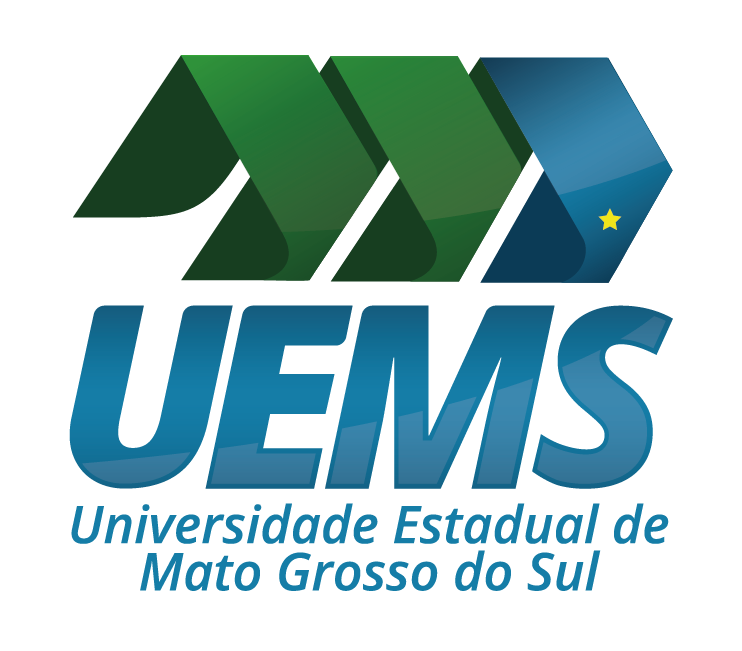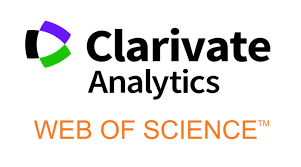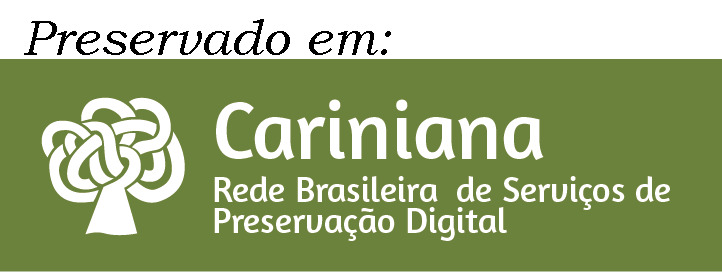The multiple facets of homophobia in the graphic novel Heartstopper, Vol. 1
DOI:
https://doi.org/10.61389/revell.v1i37.7763Keywords:
Heartstopper Vol.1, Graphic novel, HomophobiaAbstract
The British graphic novel Heartstopper Vol. 1 (2016) narrates the coming-of-age story of Charlie and Nick in their pursuit of finding their own identities. It is illustrated and written by Alice May Oseman. During their journeys, they must face many challenges such as isolation and homophobia. According to Borrillo (2010), homophobia is a multi-faceted phenomenon related to societal isolation that deserves extensive scientific research. However, there is few research about homophobia in graphic novels (RIVAS, 2021; ALLEN, 2022; SCHAUER, 2022). Therefore, this study aims to identify and investigate the multiple facets of homophobia in Heartstopper Vol. 1 (2016). A deeper investigation has unearthed 4 different types of homophobias: cognitive, general, specific, and irrational. These various homophobic acts have directly influenced these characters’ freedom and well-being.
References
ACKROYD, Peter. Queer City: gay London from the Romans to the present day. Abrams Press, 2018
ALLEN, Melissa. “In a Romantic Way, Not Just a Friend Way!”: Exploring the Developmental Implications of Positive Depictions of Bisexuality in Alice Oseman’s Heartstopper. Journal of Bisexuality, v. 23, n. 2, p. 197-228, 2023.
ANGGITO, Albi; SARTONO, E. Kus Eddy. The development of multicultural education comics to embed tolerance character for 4th grade of elementary school. Jurnal Prima Edukasia, v. 10, n. 1, p. 66-81, 2022.
BENSHOFF, Harry. Monsters in the Closet: Homosexuality and Horror Film. Manchester: Manchester University Press, 2006.
BORRILLO, Daniel. História e crítica de um preconceito. Belo Horizonte: Autêntica, 2010.
CABERO, Enrique del Rey; GOODRUM, Michael; MELLADO, Josean Morlesín. How to Study Comics & Graphic Novels: a graphic introduction to comics studies. Londres: Oxford Comics Network, Based At Torch The Oxford Research Centre In The Humanities., 2021.
DRESCHER, Jack. An Interview with George Weinberg, PhD. Journal of Gay & Lesbian Mental Health, v. 20, n. 1, p. 87-93, 2016.
EISNER, Will. Comics & sequential art Tamarac. FL: Poorhouse Press, 1985.
FASOLI, Fabio et al. Not “just words”: Exposure to homophobic epithets leads to dehumanizing and physical distancing from gay men. European Journal of Social Psychology, v. 46, n. 2, p. 237-248, 2016.
FOUCAULT, Michel. The History of Sexuality: An Introduction Volume One. New York: Random House, Inc, 1990.
HEREK, Gregory M. Beyond “homophobia”: Thinking about sexual prejudice and stigma in the twenty-first century. Sexuality research & social policy, v. 1, p. 6-24, 2004.
KUKKONEN, Karin. Studying comics and graphic novels. John Wiley & Sons, 2013.
LYONGA, Frida. Shades of homophobia: A framework for analyzing negative attitudes toward homosexuality. Journal of homosexuality, v. 68, n. 10, p. 1664-1684, 2021.
MARJANOVIC, Natacha. “Be Proud, and Loud”: Linguistic Markers of Pride in Drag Queens’ Spoken Discourse. Discours. Revue de linguistique, psycholinguistique et informatique. A journal of linguistics, psycholinguistics and computational linguistics, n. 32, 2023.
MCCLOUD, Scott. Understanding comics: The invisible art. Northampton, Mass, v. 7, p. 4, 1994.
MCCLOUD, Scott; TRAVERS, Kate; WILLIAMS, John. Making comics: Storytelling secrets of comics, manga, and graphic novels. 2006.
MTUSE, Nomzamo. The experiences of homophobia for lesbians who live in Cape Town townships. 2021.
Museum of London. (2021). London LGBT+ History. Acesso em 27 Mai, 2023. Disponível em: https://www.museumoflondon.org.uk/schools/learning-resources/lgbt-history
OSEMAN, Alice. Heartstopper. 2016. Disponível em: https://tapas.io/series/Heartstopper/info Acesso em: 25 jan. 2023.
OSEMAN, Alice. Heartstopper. 2019. Disponível em: https://www.webtoons.com/en/challenge/heartstopper/list?title_no=329660 Acesso em: 25 jan. 2023
RIFKIND, Candida; CHRISTOPHER, Brandon; RL, Alice. How Comics Work: A 1BUW Production. 2019. Disponível em: uwinnipeg.ca/1819. Acesso em: 20 abr. 2023
RIVAS, Marta Revilla. Heartstopper: Using Young Adult LGBTQ+ Literature in the EFL Classroom. 2021.
Downloads
Published
How to Cite
Issue
Section
License
Copyright (c) 2024 REVELL - UEMS JOURNAL OF LITERARY STUDIES

This work is licensed under a Creative Commons Attribution 4.0 International License.
DECLARAÇÃO DE ORIGINALIDADE E EXCLUSIVIDADE E CESSÃO DE DIREITOS AUTORAIS
Declaro que o presente artigo é original e não foi submetido à publicação em qualquer outro periódico nacional ou internacional, quer seja em parte ou na íntegra. Declaro, ainda, que após publicado pela REVELL, ele jamais será submetido a outro periódico. Também tenho ciência que a submissão dos originais à REVELL - Revista de Estudos Literários da UEMS implica transferência dos direitos autorais da publicação digital. A não observância desse compromisso submeterá o infrator a sanções e penas previstas na Lei de Proteção de Direitos Autorais (nº 9610, de 19/02/98).

